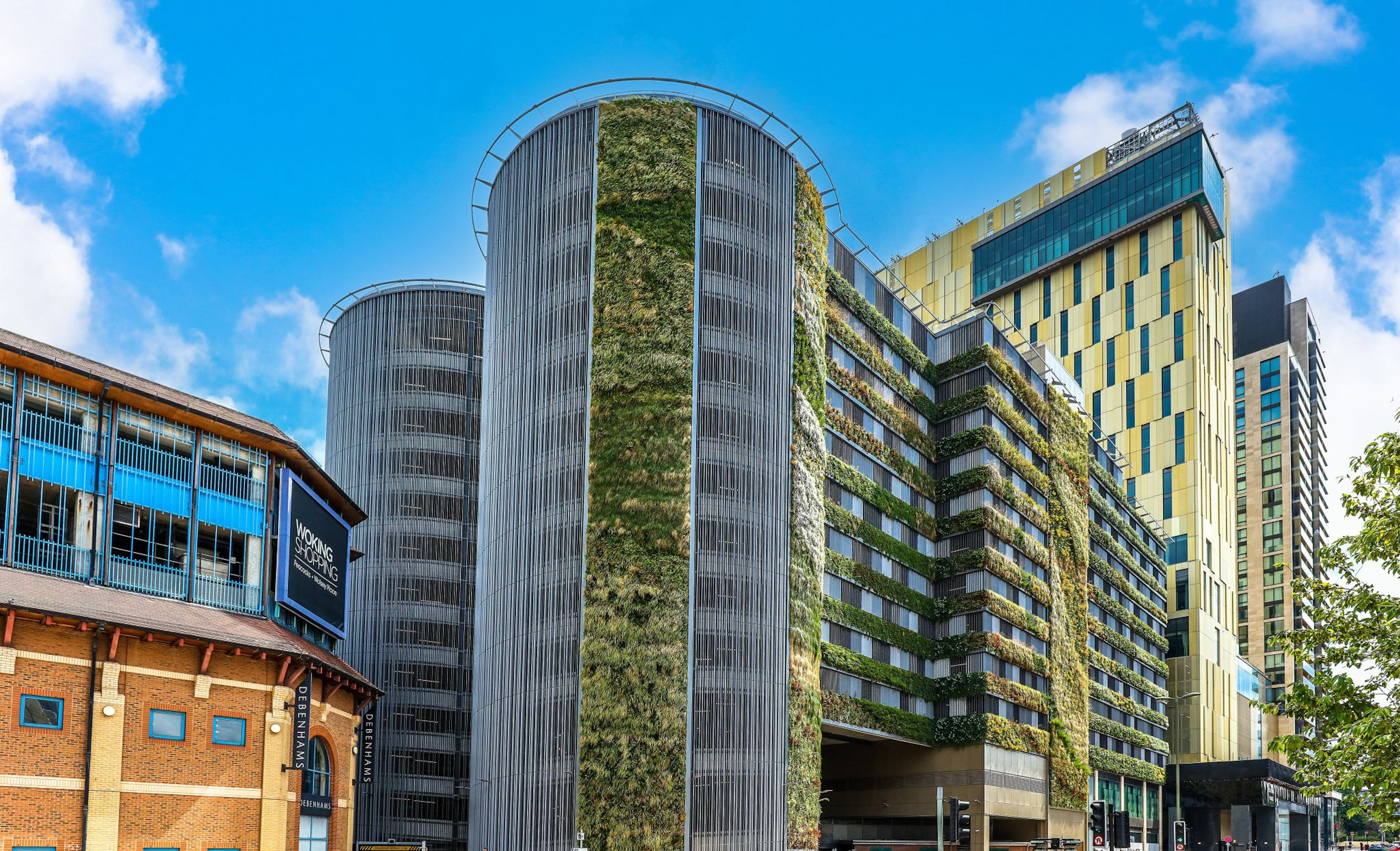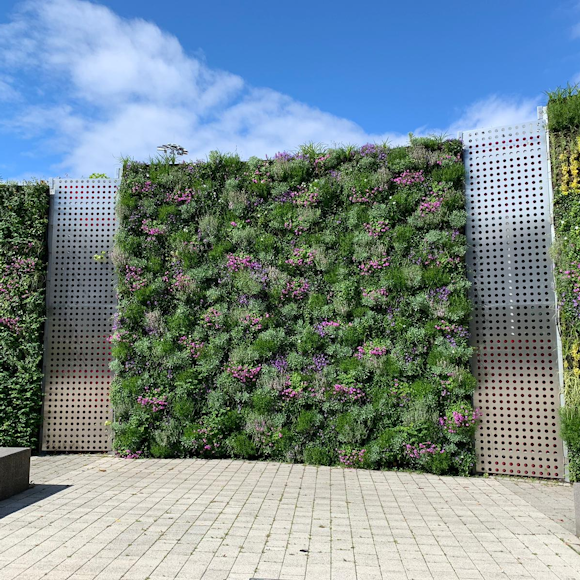In an era of rapidly changing climate conditions, architects and urban planners are increasingly turning to innovative solutions to create sustainable and resilient structures.
One established approach is environmental architecture, with living walls as their prominent feature. These vertical gardens play a crucial role in adapting to and mitigating the effects of changing weather patterns.
Sustainable Materials and Design in Environmental Architecture
A cornerstone of environmental architecture lies in the use of sustainable materials and design principles.
Incorporating materials with low environmental impact, such as recycled steel, reclaimed wood, and energy-efficient glass, allows structures to withstand varying weather conditions while reducing their overall carbon footprint.
Designing buildings with an emphasis on longevity and adaptability ensures that they remain resilient in the face of changing climates.
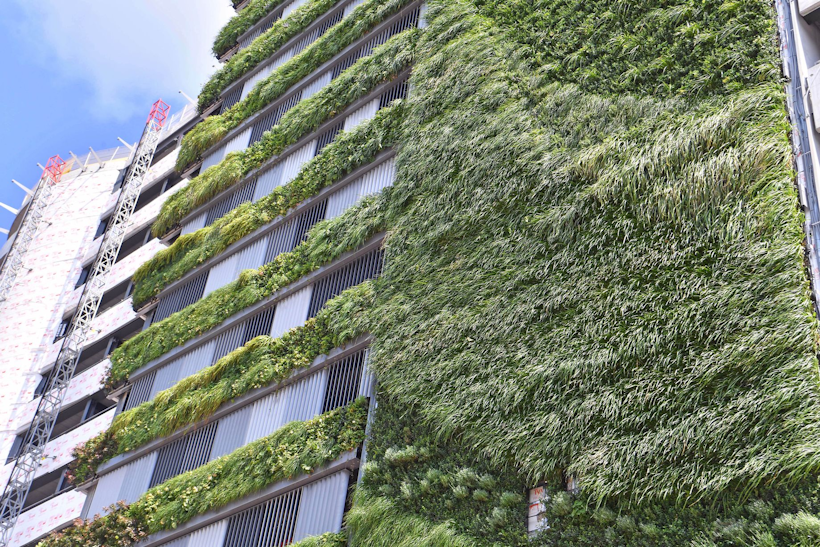
How Living Walls Adapt to Changing Weather Patterns?
Living walls have emerged as popular strategy for enhancing the environmental performance of buildings.
These features not only provide insulation, reducing energy consumption for heating and cooling, but also absorb excess rainwater, mitigating the impact of heavy rainfall and reducing the risk of flooding.
Additionally, greenery contributes to improved air quality and biodiversity, fostering a healthier urban environment.
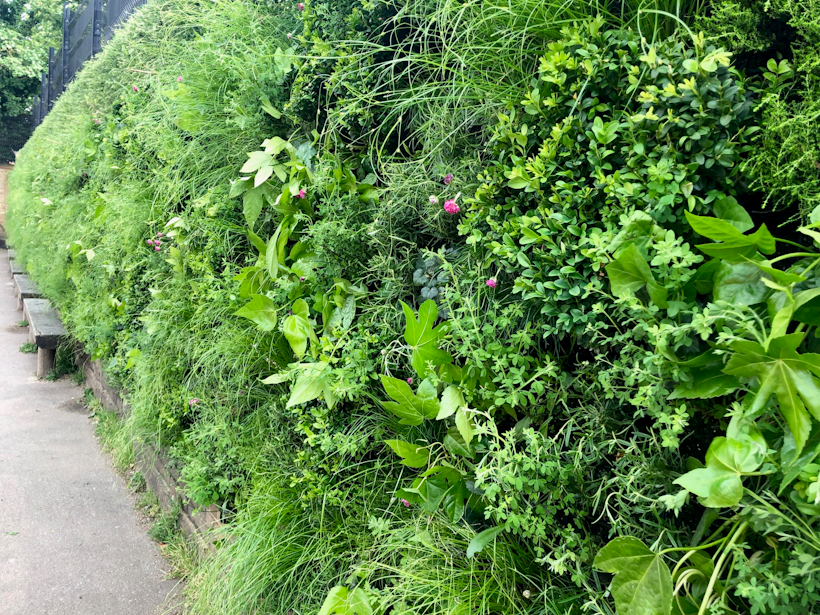
Living Walls as Climate Guardians
Living walls are vertical structures adorned with various plant species, creating a vibrant and dynamic visual display. Beyond their aesthetic appeal, these green installations serve as climate guardians, adapting to and alleviating the impacts of changing weather patterns.
Here's how living walls contribute to environmental resilience:
1. Temperature Regulation
Living walls act as natural insulators, helping to regulate indoor temperatures. During hotter seasons, the plants provide shade and reduce the need for excessive air conditioning, while in colder months, they act as an additional layer of insulation, reducing heating requirements.
Moreover, the thermal properties of a living wall had been studied by both Sheffield and Plymouth University.
2.Air Quality Improvement
The plants in living walls act as natural air purifiers, filtering out pollutants and enhancing air quality. This is especially crucial in urban areas where pollution levels are high, contributing to respiratory health and overall well-being.
Living Walls from Viritopia
With over 20 years of experience of designing and maintaining biophilic infrastructure, Viritopia can create a detailed plan of how a scheme will meet regulatory requirements.
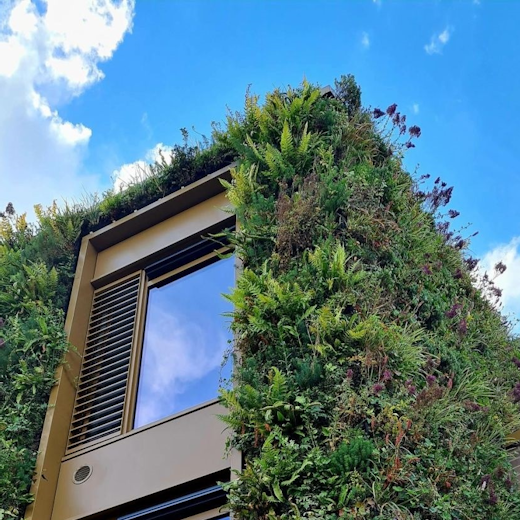
3.Stormwater Management
With climate change leading to more frequent and intense rainfall, stormwater management is a critical consideration in architectural design. A living wall irrigation equipment could be used to harvest rainfall which in turn would aid SuDS.
4.Biodiversity Enhancement
Vertical gardens create microhabitats for various plant species, attracting pollinators and other beneficial organisms. This not only enhances urban biodiversity but also contributes to the overall health of ecosystems.
5.Carbon Sequestration
Plants play a vital role in absorbing carbon dioxide and releasing oxygen through photosynthesis. Living walls contribute to carbon sequestration, helping to mitigate the effects of climate change by reducing the concentration of greenhouse gases in the atmosphere.
Viritopia is currently carrying out a study into carbon sequestration rates on some of the most commonly used plants within the living wall. This information will allow Viritopia to create more effective installations to reduce carbon in the atmosphere.
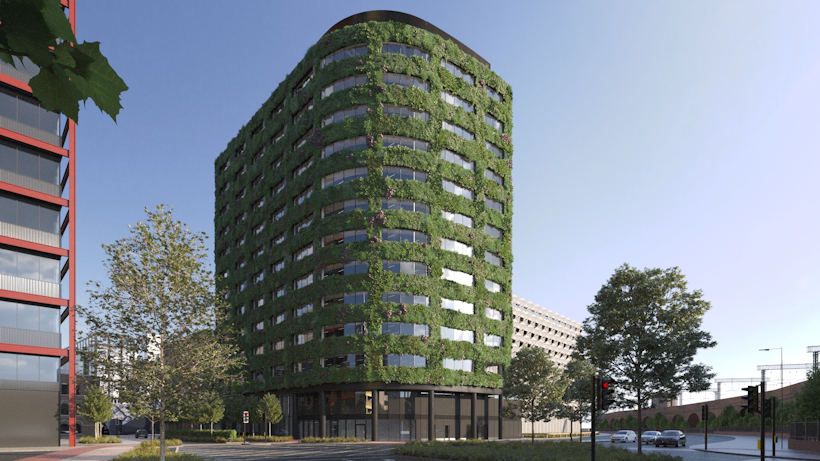
Case Study: A3 Salford in Manchester - Europe's Largest Living Wall
The A3 Salford project, situated in the heart of Manchester's New Bailey development, stands as a testament to the transformative power of environmental architecture, with its crowning jewel being Europe's largest living wall.
This ambitious and groundbreaking endeavour not only enhances the visual allure of the building but also showcases the innovative potential of living walls in adapting to and mitigating the effects of changing weather patterns.
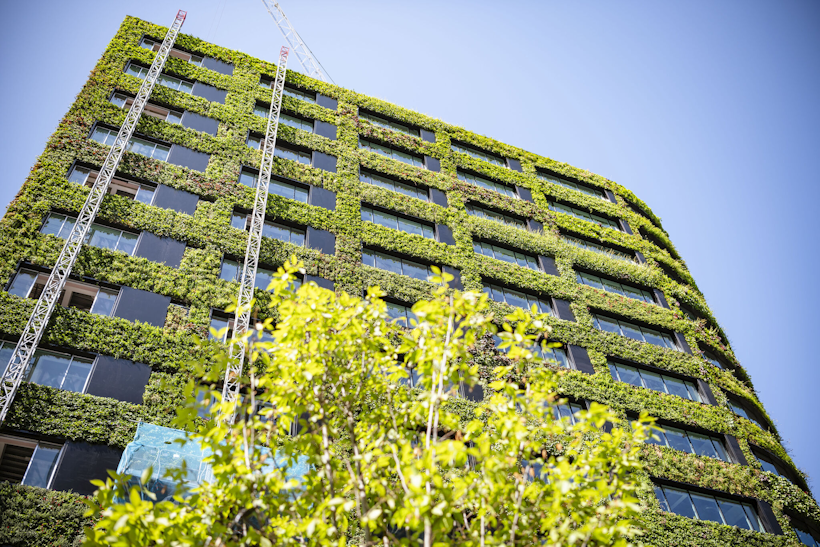
Project Overview
A3 Salford, also known as Eden at New Bailey, is a pioneering development located in Salford, Manchester. Notably, it boasts Europe's largest living wall, a testament to the collaborative efforts of visionary architects, urban planners, and environmental design specialists.
The living wall, enveloping all elevations across the façade, was meticulously designed, supplied, and installed by Viritopia, solidifying our pivotal role in this transformative project.
Viritopia's Contribution
As a key player in the A3 Salford project, Viritopia took on the responsibility of conceptualising, supplying, and installing the expansive living wall.
Our expertise in environmental design and commitment to sustainable practices played a crucial role in ensuring the success of this endeavour. Viritopia's living wall design incorporates a range of functionalities that contribute to the project's overall sustainability.
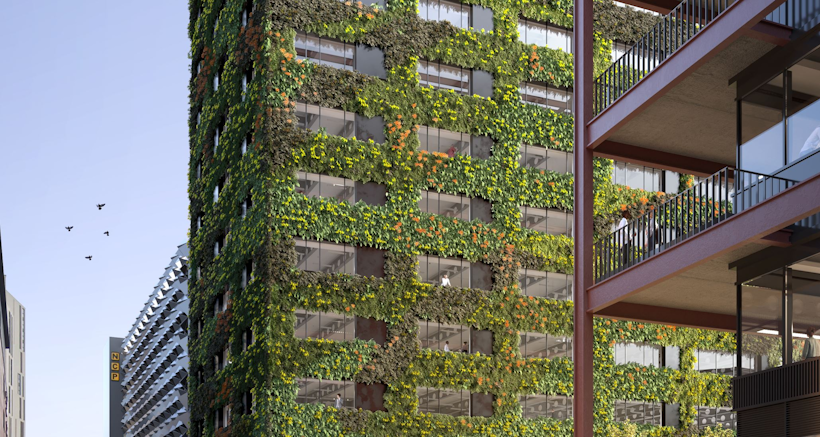
Book a Consultation with Viritopia
With over 20 years of experience of designing and maintaining biophilic infrastructure, Viritopia can create a detailed plan of how a scheme will meet regulatory requirements. We assist with faster planning process and provide you with what’s needed to elevate your project. Book a living wall consultation with our expert team today or find out more about our green walls and their benefits.
